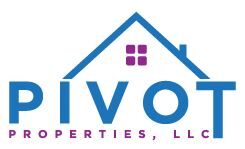Renovating doesn’t always mean big returns. See which improvements pay off when you sell.

Whether you’re thinking of selling in the next six months or a few years down the road, remodeling with return on investment (ROI) in mind is a smart financial move. Few investments recoup more than 100% of their cost, but collectively, a handful of high-quality, functional and cohesive home improvements can increase buyer interest and resale value. It’s best to make home improvements that serve your current functional needs as well as appeal to future buyers.
When you’re preparing to sell, expect to make at least a couple of improvements before listing. Research commissioned by Zillow and conducted by The Harris Poll in November 2022 finds that 65% of sellers who have sold a home within the past two years take on at least two home improvement projects to prepare their home for sale. And nearly one-third of recent sellers surveyed think they could have gotten a higher price for their home had they made more home improvements or repairs before selling.
But not all home improvement projects are created equal; below, we outline what will deliver the best ROI and which low-cost projects you shouldn’t miss.
Best ROI home improvements in 2023
If you’re contemplating investing in a major remodeling project in 2023, converting your heating and air conditioning system from fossil fuel to an electric heat pump could more than pay for itself, according to Remodeling Magazine’s 2023 Cost vs. Value Report. An HVAC conversion costs an average of $17,447, but has a resale value of $18,366 – a 103.5% return on your investment.
After HVAC , the biggest returns nationwide are associated with the following 10 home improvements, according to the report.
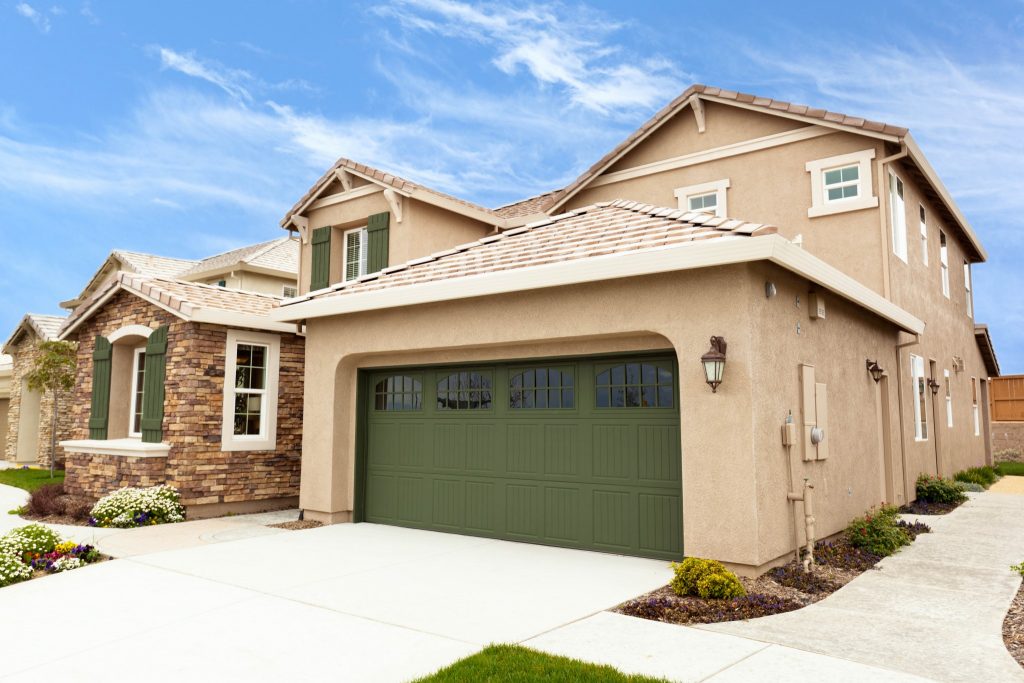
1. Garage door replacement
- Cost: $4,302
- Resale: $4,418
- Recoup: 102.7%
2. Manufactured stone veneer
- Cost: $10,925
- Resale: $11,177
- Recoup: 102.3%
3. Entry door replacement (steel)
- Cost: $2,214
- Resale: $2,235
- Recoup: 100.9%
4. Siding replacement (vinyl)
- Cost: $16,348
- Resale: $15,485
- Recoup: 94.7%
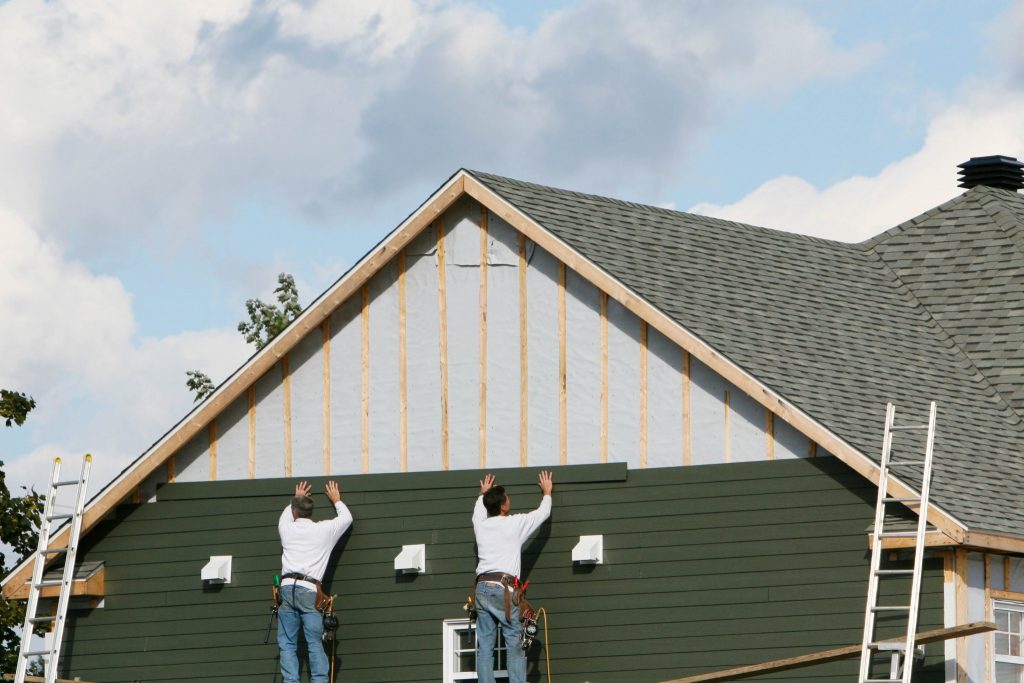
5. Siding replacement (fiber-cement)
- Cost: $19,361
- Resale: $17,129
- Recoup: 88.5%
6. Minor kitchen remodel (midrange)
- Cost: $26,790
- Resale: $22,963
- Recoup: 85.7%
7. Window replacement (vinyl)
- Cost: $20,091
- Resale: $13,766
- Recoup: 68.5%
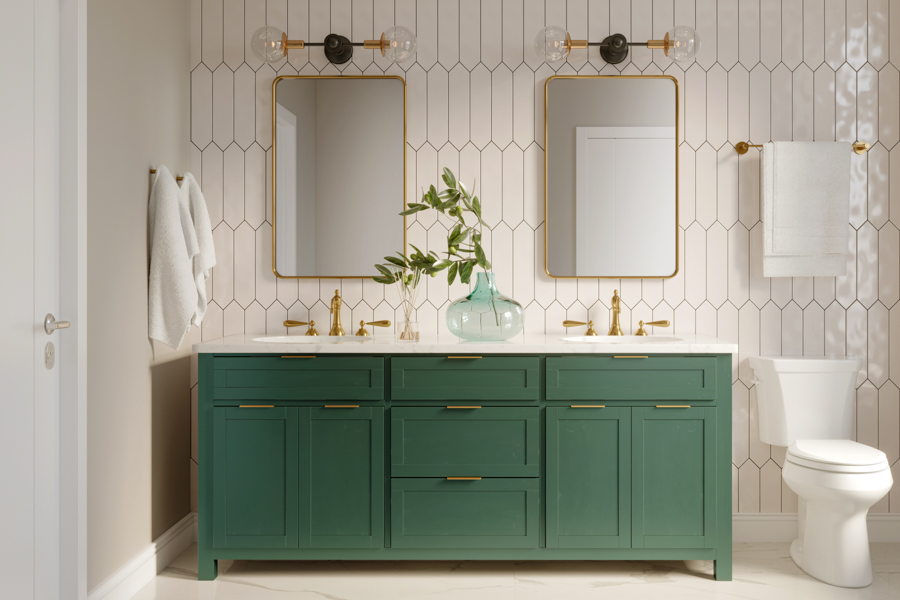
8. Bath remodel (midrange)
- Cost: $24,606
- Resale: $16,413
- Recoup: 66.7%
9. Window replacement (wood)
- Cost: $24,376
- Resale: $14,912
- Recoup: 61.2%
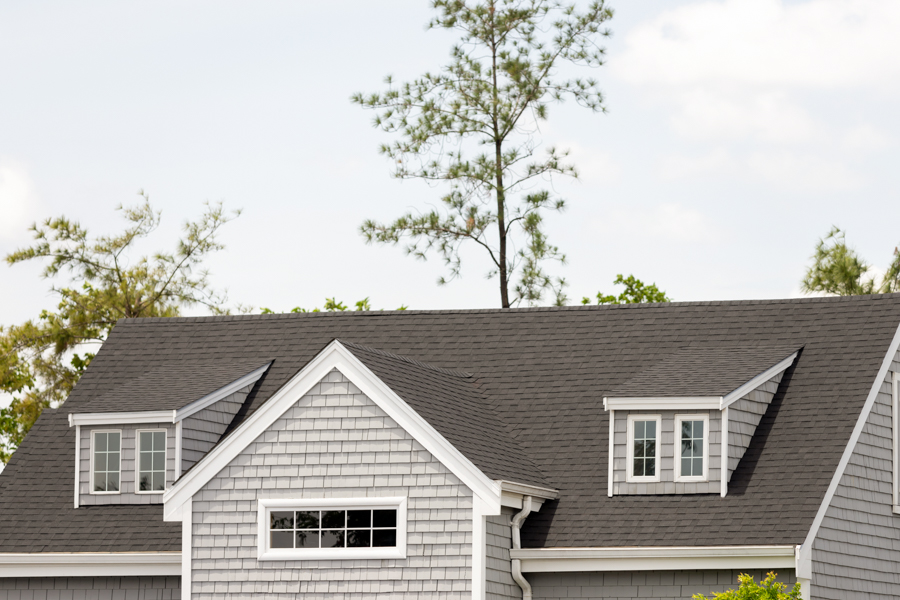
10. Roof replacement (asphalt shingles)
- Cost: $29,136
- Resale: $17,807
- Recoup: 61.1%
Best low-cost home improvements for resale
You don’t have to spend a lot of money to make your home more appealing to buyers — and doing so can make a big difference.
“A well-maintained home is one of the best ways for homeowners to attract buyers,” said David Steckel, home expert at Thumbtack. “Thumbtack research finds a well-maintained home can sell for about 10% more than a similar home in average condition. Buyers are making life’s biggest investment, and they want the peace of mind that they’re investing in a home that was well cared for.”
Consider these lower-cost projects that can offer bang for your buck.
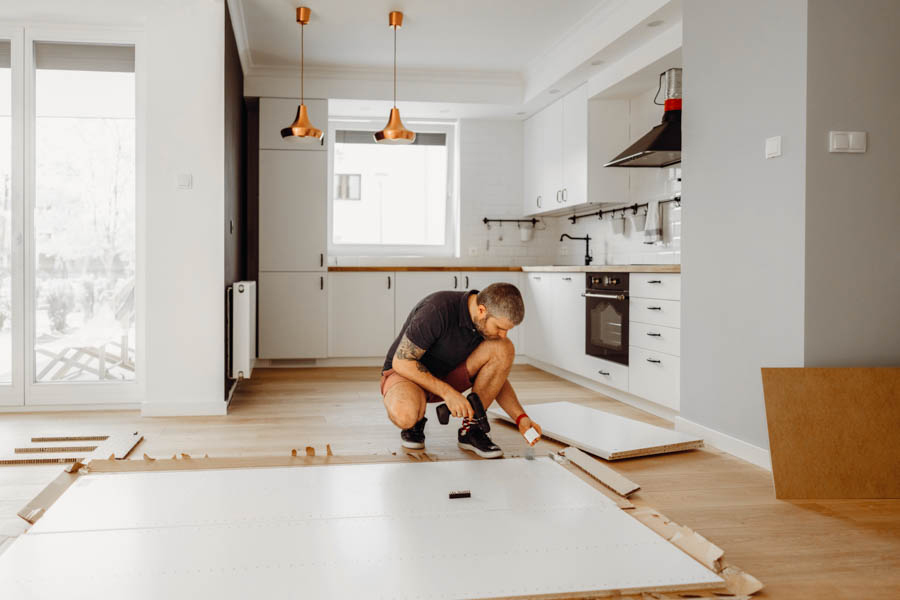
New interior paint
Most homes have natural wear and tear, a few dings on the walls or nail holes remaining where art used to hang. These imperfections are particularly noticeable in marketing photos and virtual tours. A new coat of paint gives your home a fresh and updated look for shoppers.
Zillow’s survey conducted by The Harris Poll found 40% of recent sellers paint their home’s interior before selling, and nearly 30% said that this project helped their home sell.
“A fresh coat of paint — particularly in the right color — can deliver a powerful signal to potential buyers that a home is well-maintained and contemporary,” explains Zillow home trends expert Amanda Pendleton. Research suggests sellers should consider doing the following:
Paint neutral tones: Generally speaking, stick to neutrals — gray, beige, or greige walls and white trim.
Paint bathrooms terra-cotta brown: The Zillow 2023 Paint Color Analysis found that bathrooms painted a trendy terra-cotta brown, a 2023color of the year, could help a home sell for a $1,624 premium.
Paint kitchens pewter gray: The Zillow paint study found mid-tone pewter gray is the best color for kitchens, fetching a premium of $2,553, while homes with a deep graphite gray kitchen can sell for an estimated $2,512 more.
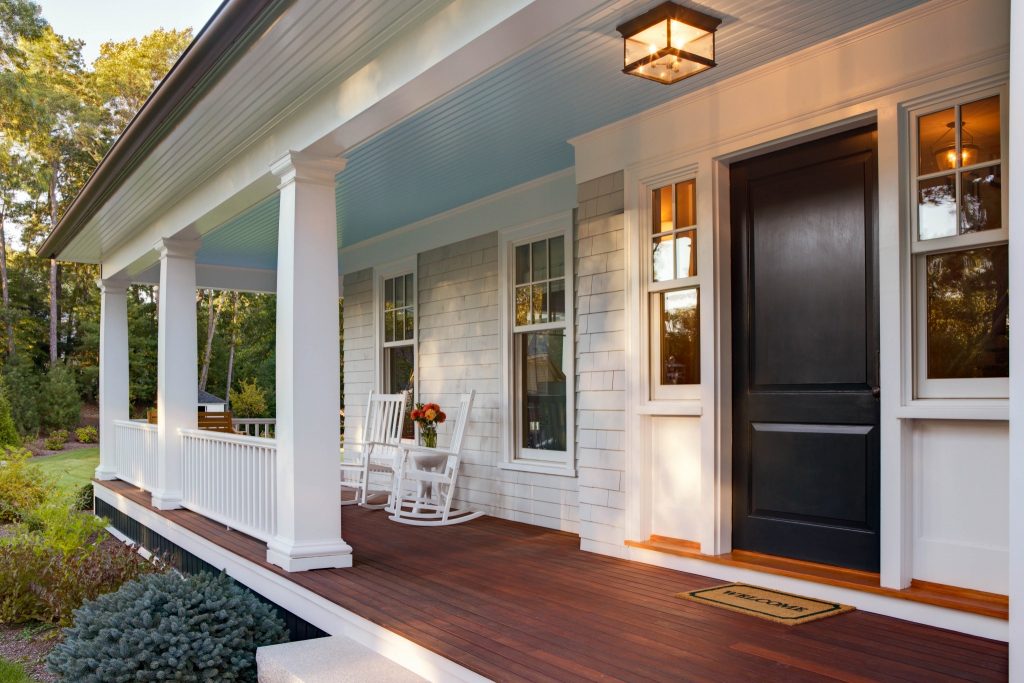
Curb appeal
The first thing buyers will see, both online and in person, is your home’s exterior. Whether they’re viewing your exterior photo in an online listing, driving by, or attending a private tour or open house, it’s imperative that your home makes a good first impression. In Zillow’s survey, landscaping was one of the most commonly completed projects for recent sellers when they were gearing up to list their home, but there are other important curb appeal projects, too.
Paint your front door: Painting your front door can have a big impact. Buyers prefer black front doors to those painted gray, and would offer $300 more for a home with a mid tone rosy brown front door.
Paint your home’s exterior: Making the entire exterior pop with a new coat of paint can help, too. About one in four sellers complete this before selling, according to Zillow’s research. Time is also money; there are numerous low-cost curb appeal projects that can be done in just a weekend, including upgrading your house numbers or sealing any driveway or walkway cracks.
Smart home technology
According to the Zillow® Group Report 2023, 42% of buyers rate smart home technology as highly important in their home search.
Add a smart thermostat and smart lights: Smart thermostats and lights are popular and relatively easy additions that can save you money on energy bills. About 30% of North American households relied on smart thermostats to operate their heating and cooling systems. What’s more, Zillow’s 2022 features that sell analysis found that LED lighting is associated with a 1.9% sale premium.
Consider hands-free tech: Zillow’s 2022 features that sell analysis finds homes that mention smart or touchless toilets in their listing description sold for 0.7% more than expected.
New lighting
Good lighting is crucial to showcasing your home’s features, especially if your home doesn’t have a lot of natural light. Upgrading your lighting is easy and inexpensive, and it can make even small rooms feel larger. 27% of recent sellers replaced light fixtures in their home, according to the Zillow survey. Consider these steps:
Install LED bulbs: Zillow’s 2023 features that sell analysis found that LED lighting is associated with a 1.5% sale premium.
Add mirrors: Strategically adding mirrors can also bring more lighting into a room, which can be a bonus when you’re staging your home. Plus, listings with mirrored walls and ceilings are rising in popularity, showing up in 12% more listings in 2022 compared to the year before.
Small bathroom updates
You don’t need to rip out tile or add all new fixtures to give your bathroom a face-lift. In fact, 27% of recent sellers make improvements to the bathroom before selling, and they can be simple fixes.
Swap out dated lighting: Replace the vanity lights for a more updated look.
Recaulk or reglaze the tub: This can be a more budget-friendly alternative to replacing an outdated tub entirely.
DON’T invest in spa improvements: In recent years, spa-inspired bathroom ambiance boosted sale prices by nearly 2%, but in 2023, no resale perks were associated with rain shower heads or spa features.
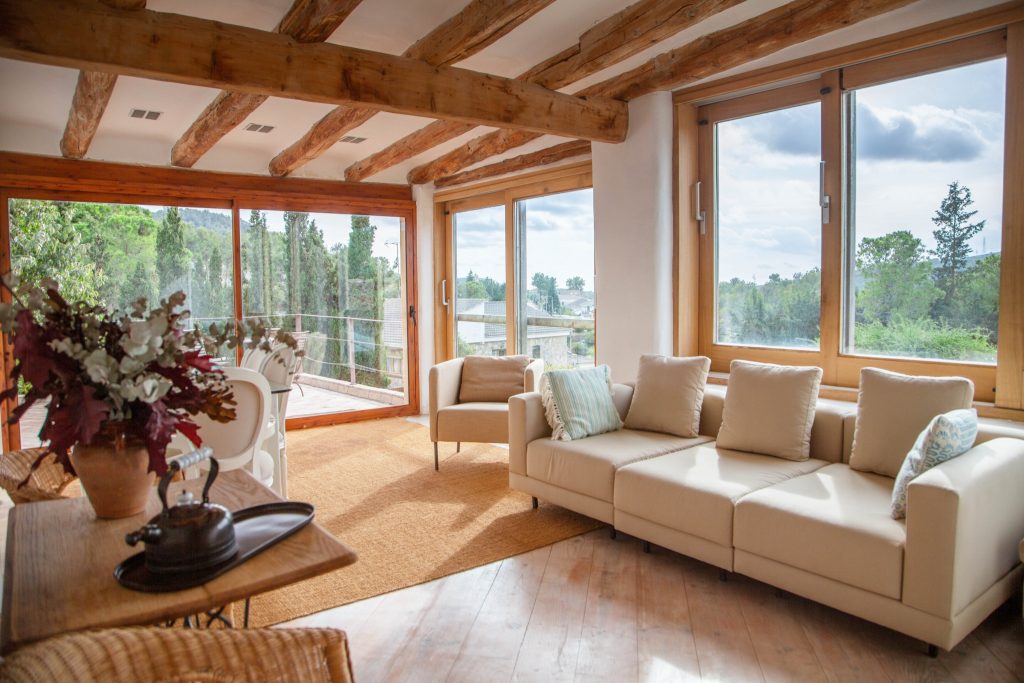
Flooring
Replacing or refinishing flooring is another common task, taken on by 29% of recent sellers. Just over 30% of recent sellers surveyed replaced carpet before listing. Here are a few other improvements to consider:
Deep clean flooring: At a minimum, deep clean your existing flooring; it’s the second-most common project for sellers, with 35% of sellers doing so prior to listing.
Correct flooring damage: Buff out or refinish hardwoods, especially if there are visible scratches or stains.
Install heated flooring: If your flooring needs replacement, consider heated flooring or radiant heat, which Zillow research found could add a 2.1% premium on the sale price.
Renovations that won’t add value in every market
Not every home improvement project is guaranteed to attract more buyers or give you a good ROI, even if it’s something you enjoy while you’re still living in the home. If you’re renovating with the goal of eventually selling, you’d be wise to avoid the following upgrades:
Swimming pools
Pools are a polarizing topic for buyers — some buyers love a home with a pool, but many others see it as a safety issue or a huge maintenance burden.
Luxury upgrades
It depends on your real estate market and your specific neighborhood, but super high-end touches like professional-grade appliances and marble countertops may not be something buyers are willing to pay extra for.
High-end landscaping
Similarly, investing in expensive landscaping and water features doesn’t always pay off, as buyers can see them as a hassle.
Minimum repairs: What to fix before selling a house
Small repairs and maintenance are often needed to show buyers that you’ve taken good care of the home. These small efforts can make a big difference when it comes to how long it takes to sell your home and how much it sells for. And it can streamline the negotiation process since your buyer won’t have to request repairs as a result of their inspection.
Consider tackling these projects before taking on bigger improvements:
- Replace broken mechanicals, like your HVAC system or appliances.
- Remove peeling wallpaper and repaint.
- Take care of weeds and overgrown landscaping.
- Repair broken or leaky plumbing.
- Replace cracked tiles.
Not sure what those must-do repairs are for your specific home? A pre-inspection can give you a good idea of the issues buyers are going to care about.
How to budget for renovations to increase home value
Before researching renovations that might add the most value to your home, decide how much you can afford to spend and how you’ll pay for the renovations.
All-cash home improvements
If you can afford it, paying cash is your best option, as you’ll avoid debt and interest payments. But the drawback is that the money you spend will be tied up until you sell the home.
Using financing for renovations
Many homeowners opt to finance their remodeling project — especially if they’re planning on selling shortly after finishing the project — as they’ll be able to pay the loan back in full after closing.
There are a few different ways to pay for your project, but note that most lenders require that your remaining mortgage balance plus the amount you borrow total less than 90% of your home’s pre-improvement value. For example, if you owe $270,000 on your $350,000 home, lenders would consider loaning you up to $45,000 ($315,000 is 90% of $350,000).
Here are two common financing options:
Second mortgage
Much like your first mortgage, a second mortgage allows you to borrow a fixed amount of cash, in a lump sum, with a fixed interest rate.
Home equity line of credit (HELOC)
A HELOC operates like a revolving credit line, secured by the equity in your home. You borrow what you need as you go, but you’re borrowing with a variable interest rate, so costs can go up (or down) over time.
What if I can’t afford home improvements before listing?
If your budget won’t allow you to complete any repairs or improvements before listing, you have three options:
Sell as-is: When you sell as-is, you make it clear to buyers that you won’t be making any repairs before closing. You’ll want to adjust your listing price to accommodate for that fact. Note that buyers may try to negotiate the price even lower, especially if the property is in bad shape.
Offer a credit at closing: If your buyer’s inspection uncovers any issues in the home, you can offer a credit to the buyer that will allow them to make the repairs after closing. Often, the credit the buyer requests ends up being higher than what the cost would have been if you had completed the repairs ahead of time.
